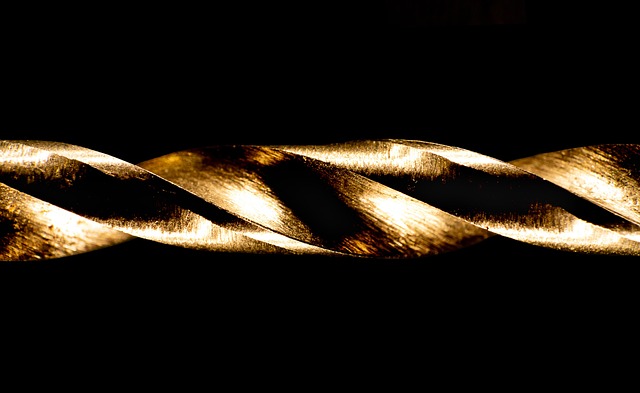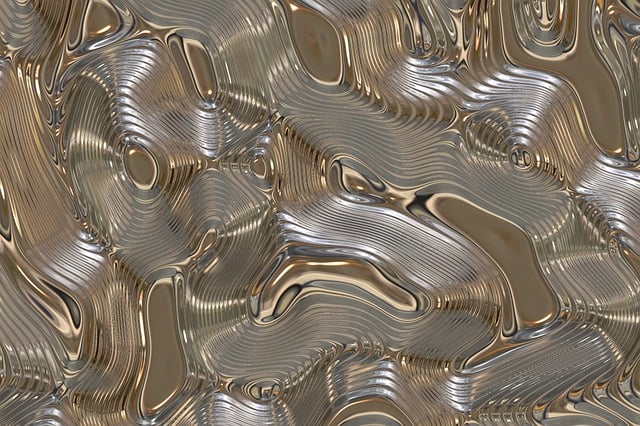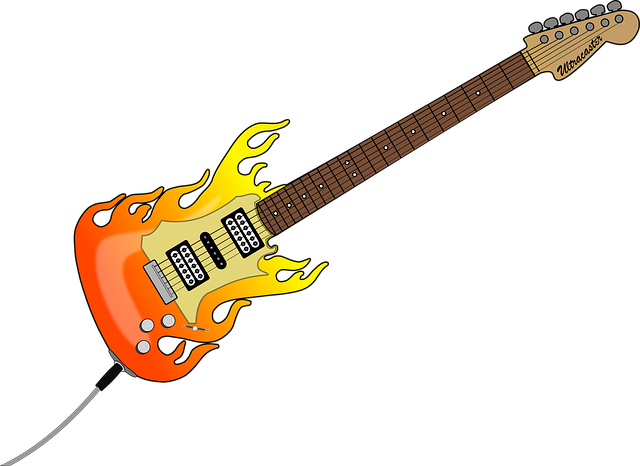Custom metal products are revolutionizing production facilities by offering unparalleled versatility and performance tailored to specific industrial needs through close collaboration and seamless integration with existing frameworks. Industrial design is crucial, balancing form and function while enhancing aesthetics, ease of maintenance, and ergonomics. The right manufacturing processes like casting, machining, and fabrication, along with strategic metal alloy selection (e.g., stainless steel, aluminum, high-strength steels), optimize production efficiency, safety, and longevity.
Custom metal products play a pivotal role in enhancing production facility efficiency. This article delves into the multifaceted world of tailored metal components, highlighting their immense benefits for industrial operations. We explore key considerations, from understanding unique facility needs and optimal material selection to advanced manufacturing techniques like casting, machining, and fabrication. Moreover, we dissect the crucial aspects of industrial design, ensuring seamless integration and performance in diverse production environments.
- Understanding Custom Metal Products: Benefits for Production Facilities
- Industrial Design Considerations for Creating Metal Components
- Manufacturing Processes: Casting, Machining, and Fabrication Techniques
- Choosing the Right Materials: Alloys, Strength, and Durability in Metalworking
Understanding Custom Metal Products: Benefits for Production Facilities

Custom metal products play a pivotal role in enhancing production facilities by offering unparalleled versatility and performance. These tailored solutions are designed to meet specific industrial needs, ensuring that every component is optimized for its intended purpose. From durable machine parts to intricate assembly lines, custom metal products provide a range of benefits that drive efficiency and productivity.
One of the key advantages lies in their ability to integrate seamlessly with existing industrial design frameworks. By collaborating closely with production facilities, manufacturers can create metal components that perfectly fit within the plant’s layout and workflow. This customization not only streamlines operations but also reduces downtime associated with generic solutions, ultimately contributing to improved overall equipment effectiveness.
Industrial Design Considerations for Creating Metal Components

When designing custom metal products for production facilities, industrial design considerations are paramount. This includes meticulously planning the component’s form and function to seamlessly integrate with existing machinery and workflows. Industrial designers must factor in the material’s strength, durability, and resistance to corrosion, especially in environments with high moisture or exposure to harsh chemicals.
The aesthetic appeal of metal components can also play a significant role in their functionality. Proper industrial design ensures that the pieces not only look visually appealing but also provide clear indicators for usage, easy maintenance access points, and ergonomic handles or grips. This holistic approach optimizes both the operational efficiency of production facilities and the overall user experience.
Manufacturing Processes: Casting, Machining, and Fabrication Techniques

In the realm of custom metal products for production facilities, understanding the manufacturing processes behind them is key to achieving optimal industrial design outcomes. Casting, machining, and fabrication techniques each bring unique advantages and are selected based on specific project requirements.
For complex geometries or high-volume productions, casting stands out. This process involves injecting molten metal into a mold, allowing for intricate details and precise dimensions. Machining, meanwhile, is indispensable for finishing and refining metal pieces. It includes turning, milling, drilling, and grinding operations to achieve exact tolerances and surface finishes. Fabrication, the final pillar, combines various processes like cutting, bending, welding, and assembling to transform raw metal into finished products, catering to diverse industrial needs.
Choosing the Right Materials: Alloys, Strength, and Durability in Metalworking

When it comes to custom metal products for production facilities, selecting the appropriate materials is a strategic decision that significantly impacts performance and longevity. In industrial design, alloys play a pivotal role, offering a range of properties like strength, durability, and resistance to corrosion. For instance, stainless steel is a popular choice due to its exceptional resistance to rust and acid, making it ideal for harsh environments. Conversely, aluminum alloys provide excellent weight-to-strength ratio, enhancing maneuverability and reducing the load on support structures.
Choosing the right alloy involves understanding specific facility needs. High-strength steels are suitable for demanding applications requiring immense structural integrity, such as heavy machinery components. Conversely, light metals like titanium or certain copper alloys offer superior conductivity, making them perfect for electrical transmission lines within factories. Ultimately, the industrial design process should prioritize material selection that ensures product longevity, enhances safety, and optimizes facility operations.
Custom metal products play a pivotal role in enhancing production facility efficiency and output. By leveraging advanced industrial design principles and understanding the nuances of manufacturing processes like casting, machining, and fabrication, facilities can create durable, precise components tailored to their unique needs. Choosing the right materials, including specific alloys, ensures strength and longevity, making these custom pieces invaluable assets in today’s competitive market.
